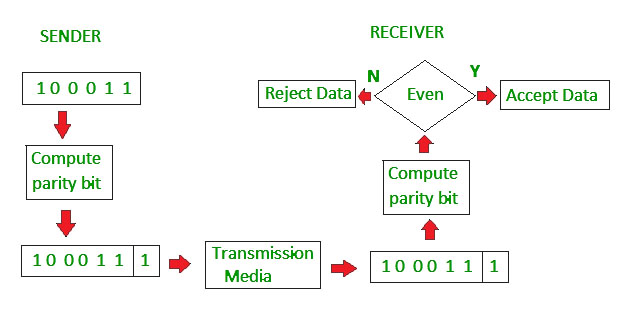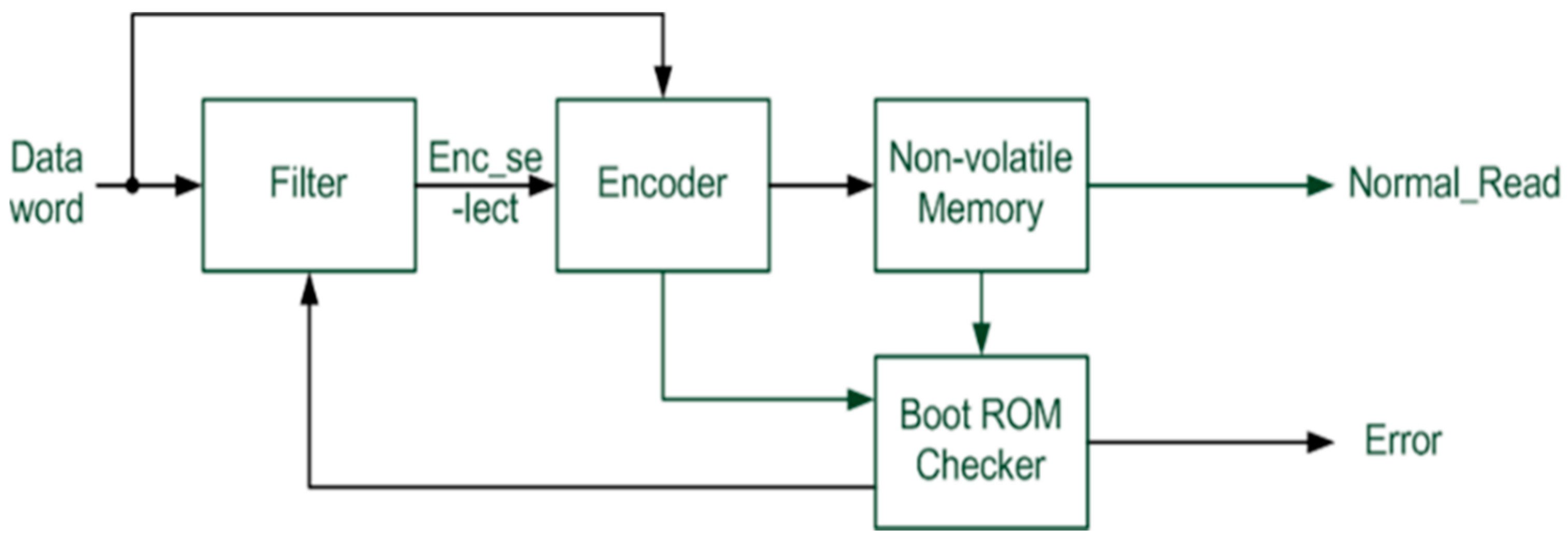- 2d Parity Check Program In C
- 2d Parity Check Program Calif
- 2d Parity Check Program Compatibility
- 2d Parity Check Program Code
- 2d Parity Check Program Cal
Active Oldest Votes. To find the matching pairs in columns, scan over each row except the last, and for each column, compare the value at array row col with the value at array row+1 col and report matches. To find the matching pairs in rows, scan over each column except the last, and for each row, compare the value at. Your job is to write a program that reads in a matrix and checks if it has the parity property. If not, your program should check if the parity property can be established by changing only one bit. If this is not possible either, the matrix should be classified as corrupt. The input file will contain one or more test cases. Longitudinal Redundancy Check (LRC) is also known as 2-D parity check. In this method, data which the user want to send is organised into tables of rows and columns. A block of bit is divided into table or matrix of rows and columns. In order to detect an error, a redundant bit is added to the whole block and this block is transmitted to receiver. Parity: Parity of a number refers to whether it contains an odd or even number of 1-bits. The number has “odd parity”, if it contains odd number of 1-bits and is “even parity” if it contains even number of 1-bits. Main idea of the below solution is – Loop while n is not 0 and in loop unset one of the set bits and invert parity. In this article, you will learn and get code to implement two dimensional (2D) array in C. Here are the list of programs on 2D array: Initialize and Print Two Dimensional Array. Receive Size and Elements from User and Print Two Dimensional Array. Note - A Two Dimensional (2D) array can be thought as of a matrix with rows and columns.

In this task, we need to implement a function that would check the number of parity using only the bit operations AND, OR, and NOT.
Solution
Note that the number x is odd only when the youngest (the first on the right) bit in its binary representation is equal to 1. Let us prove this. Recall the school rule of the algorithm for translation numbers from the binary system into the decimal. It is shown in the following picture:
We can take 2 out of the context for all terms except the last, which can be equal to either 1 or 0. Thus, if it is zero, then the sum will be in the form 2 (…) = x, then it will be divided by 2, and if it is equal to 1, then the amount will be in the form 2 (…) +1 = x, then it will not be divided by 2. This is the criterion of parity.
So we have proved the fact that the number is odd when the least significant bit is set to 1, and even when the least significant bit is 0. The question remains: how do you get the last bit of the number? Adoption: the last bit number x is equal to x & 1, where & is the bitwise AND. Why is this so? AND is equal to 1 only if both of its arguments are equal to 1. The number 1 in the binary system is as follows: … 000001 (depending on how many bit numbers we operate). So, for the bitmap AND for 1 with the result equal to number x all the bits, except the last, will be equal to zero, and the last bit will be equal to 1 if int the number x was equal to 1 (1 & 1 = 1), and 0 if int the number x was equal to 0 (0&1 = 0).
Thus, the value of the x&1 expression is 1 if it’s an odd number, and 0 if x is an even number.
The sample about the parity check program in C that you have just examined was completed by a programmer from AssignmentShark. As a rule, we try to provide students with examples that can help them to solve difficult tasks, like our C++ regular expression example. Unfortunately, our samples are not very specific. Each task is unique and sometimes general samples can’t help you. If this is the case, you can order an original sample that will be completed just for you. Know how to do this by reading the next paragraph.
If you would like to make an order, you should fill the order form on our website. You need to specify the deadline, the discipline and the topic, as well as other details about the task. Afterward, you will submit the order form and our experts will examine it. The experts who are available at the moment and who are the most knowledgeable in the issue will offer you their prices. This option is paid because the sample will be written only for you. We won’t publish it. You’ll be the sole owner of the sample.
Our sample about a parity check program in C is only one from numerous samples that concern programming. You can look through other examples absolutely for free. We don’t establish prices for examples that are published. If you can’t find the specific sample, please, contact us! We are always ready to help you in your trying hour!
2d Parity Check Program In C

In this tutorial, we are going to learn how to find parity of a number efficiently in C++. Here we will learn about the parity of a number, algorithm to find the parity of a number efficiently, and after that, we will see the C++ program for the same.
Parity of a number
Parity of a number is a term used to tell that the total number of set bits(1’s) in its binary representation is even or odd. It is of two types:-
1. Even Parity: If the total number of set bits (1’s) is even, then that number has even parity.
2. Odd Parity: If the total number of set bits (1’s) is odd, then that number has odd parity.
For example:-
12 has even parity because it has an even number of set bits in its binary representation i.e ‘1100’.
14 has odd parity because it has an odd number of set bits in its binary representation i.e ‘1110’.
Efficient Algorithm to find parity of a number
2d Parity Check Program Calif
The most efficient way of finding the parity of a number is by using XOR and shifting operator as shown below.
b = n ^ (n >> 1);
b = b ^ (b >> 2);
b = b ^ (b >> 4);
b = b ^ (b >> 8);
b = b ^ (b >> 16);

In the above operations, we use XOR and left shift operator. We are shifting double bits of the previous operation. And taking the XOR with that number. We know that 0 XOR 1 or 1 XOR 0 is 1, otherwise 0. So when we divide the binary representation of a number into two equal halves by length & we do XOR between them, all different pairs of bits result into set bits in the result number i.e “b” here.
Now, after the above operations b contain the rightmost bit of b and represent the parity of n. If the rightmost bit is 1, then n will have odd parity and if it is 0 then n will have even parity.
We check the odd or even by using bitwise AND operator. If (b & 1) is true means odd else even.
C++ program to find parity of a number efficiently
So, here is the C++ implementation of the above algorithm:-
2d Parity Check Program Compatibility
Output:-
2d Parity Check Program Code
Thanks for reading this tutorial. I hope it helps you !!